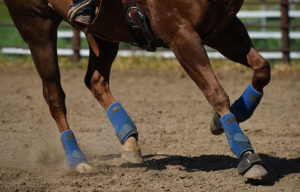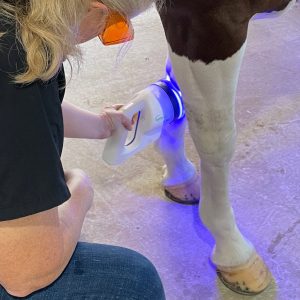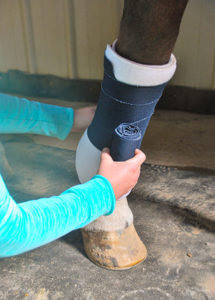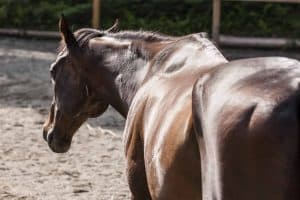Cantering Beats Other Gaits in Racehorse ‘Detraining’ Method
They might be bred to run, but Thoroughbred racehorses don’t gallop every time they go to the track. In fact, some trainers use periods of reduced-intensity training, called detraining, in their regimens for a variety of reasons, from injury recovery to addressing psychological or behavioral issues. However, it’s not entirely clear what effects detraining programs have on horses’ bodies and performance.
To learn more, Kazutaka Mukai, DVM, PhD, of the Japan Racing Association’s Equine Research Institute, in Tochigi, and colleagues recently set out to explore three detraining protocols’ effects on 27 young Thoroughbreds. Specifically, they aimed to learn how a period of reduced-intensity exercise, or even no exercise at all, affected horses’ oxygen transport abilities, aerobic capacity, and performance level.
The team “hypothesized that the racehorses’ aerobic and circulatory capacities would decrease in proportion to the reduction of exercise intensity during detraining.”
The team trained each horse for five days per week for 18 weeks on a treadmill at a 6% incline. The exercise protocol included a warmup (walking at 1.7 meters per second for one minute and trotting at 3.5 meters per second for three minutes), cantering for three minutes, and a cool-down (1.7 meters per second for three minutes)
Create a free account with TheHorse.com to view this content.
TheHorse.com is home to thousands of free articles about horse health care. In order to access some of our exclusive free content, you must be signed into TheHorse.com.
Start your free account today!
Already have an account?
and continue reading.

Written by:
Casie Bazay, NBCAAM
Related Articles
Stay on top of the most recent Horse Health news with















